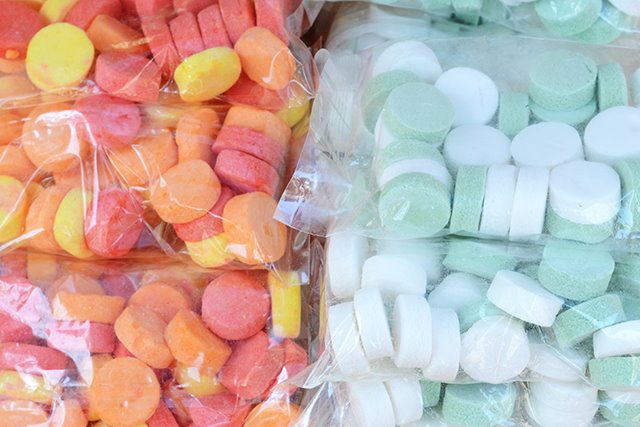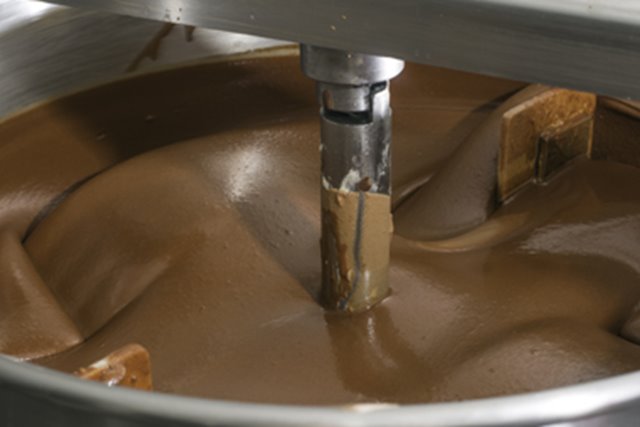Sweets & Confectionery Industry
The sweets and confectionery Industry challenges are forcing producers to overcome a wide array of issues in order to ensure not only the best quality products being delivered to their consumers under the best conditions, but also in the fastest time possible. Changes in the retail sector are affecting the industry’s competitive balance. From traceability to data capturing and track and trace, the challenges in the sweets and confectionery food industry are prevalent.
-
Health concerns
Producers are more often forced to use less sugar and less calories because of the global trends and regulation acts. The consumer wants to eat healthier. This leads to new products, new ingredients and sugar replacements.
-
Food safety and quality
Producers need to institute procedures and practices to ensure food safety. Standards need to be set for toxicological, microbiological hazards and allergens. The market needs to be informed as soon as possible in case there is something wrong with the product. Safe manufacturing and producing good quality products must be imbedded in any food producing company. Information must be registered and available for inspection to certificating institutes and legislators at any time. Besides, this is also a requirement from the retailer.
-
Traceability
A key element in both administration and information is the ability to track any food through all stages of the food chain. From grower and breeder to producer, distributor and retailer, each party must be able to track the product movements back and forward in the supply chain. Each instance must look one step forward and one step backwards. This should extend to being able to identify the source of all food inputs to enable corrective actions to be implemented correctly and safely.
-
Flexibility in the supply chain
The product lifecycles are shorter than before. There is a tendency in continuous product innovation and changes in packaging to advertise the products. The increase in changeovers of products lead to continuous change in portfolio. Inventories are reduced and fast moving consumer goods are moving faster than ever. This calls for more flexibility in the supply chain.
-
Avoiding recalls
There’s pressure on the supply chain to be accurate and flexible. Producers must control the supply chain, the raw materials and other ingredients that end up in the product. They must maintain safe production, producing goods in the right manner and in accordance with the specifications mentioned in the ingredient list. This all is done in order to avoid any mistakes leading to recalls. Companies are looking to avoid bad publicity related to the products not meeting the qualifications.
-
Production line performance
This challenge means how much product is produced per hour, the efficiency rates per machine, maintenance elements and disruptions on the production line, the hours spend on orders. All important information that needs to be efficiently captured and effectively stored.
-
Packaging materials
Rising consumption of sweets and confectionery products will drive growth of packaging material and types by 2020. By 2022 half of the individually wrapped products made by the leading sweets and confectionery companies will be available in sizes that contain 200 calories or less per pack.
-
Quality controls
Quality controls are needed throughout the production process. From receipt of raw materials, during production and for outbound products. These quality checks can be temperature measurement, formulation checks or metal detections. Confectionery companies need to have a BRC or IFS in order to meet quality standards.
Erp365
Active in the sweets and confectionery industry?
Discover how our solutions can bring your company to the next level








